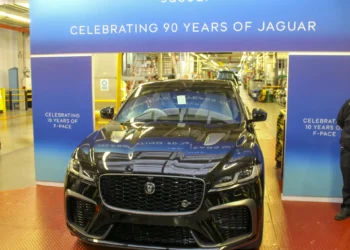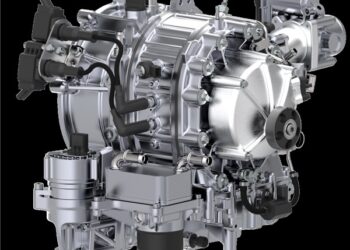It is only a matter of time until Artificial Intelligence (AI) fully reaches the roads, whether by democratizing itself in automobiles, expanding the capabilities of the signaling network, or inevitably becoming a tool to improve road enforcement. AI systems will progressively replace traditional means, eliminating their current limitations.
After fixed speed cameras, average speed cameras, and mobile cameras, it is expected that a new generation of connected and intelligent equipment capable of interpreting different types of infractions in real time will reinforce control methods in cities.
These radars are used to detect speeding drivers, but they also record the use of mobile phones while driving, the absence of seat belts, and even overcrowding in reserved lanes.
These types of devices, connected to traffic management systems for data cross-referencing, automatically identify vehicles without insurance or inspection.
4D radars are integrated into the car
London is testing one of these new Artificial Intelligence (AI) units, which combines a high-quality 4D radar and high-resolution cameras. The multiple cameras can monitor up to six lanes, even in situations of reduced visibility.










